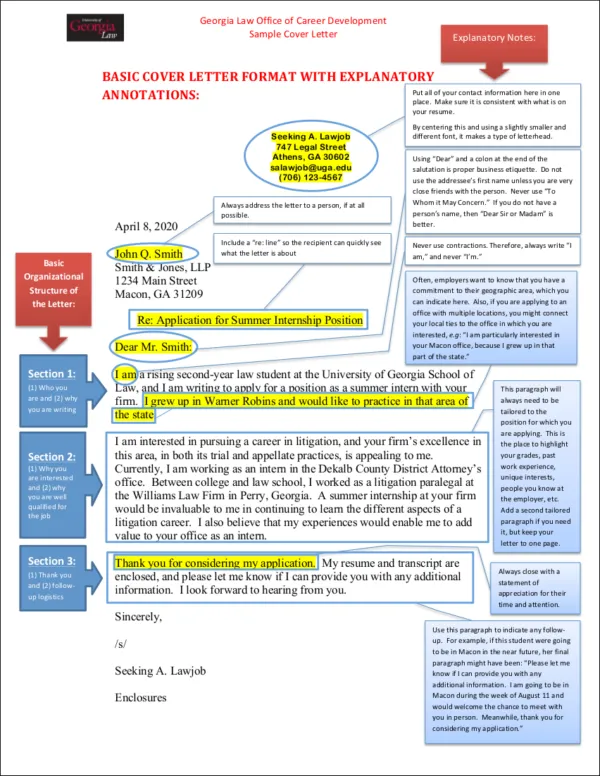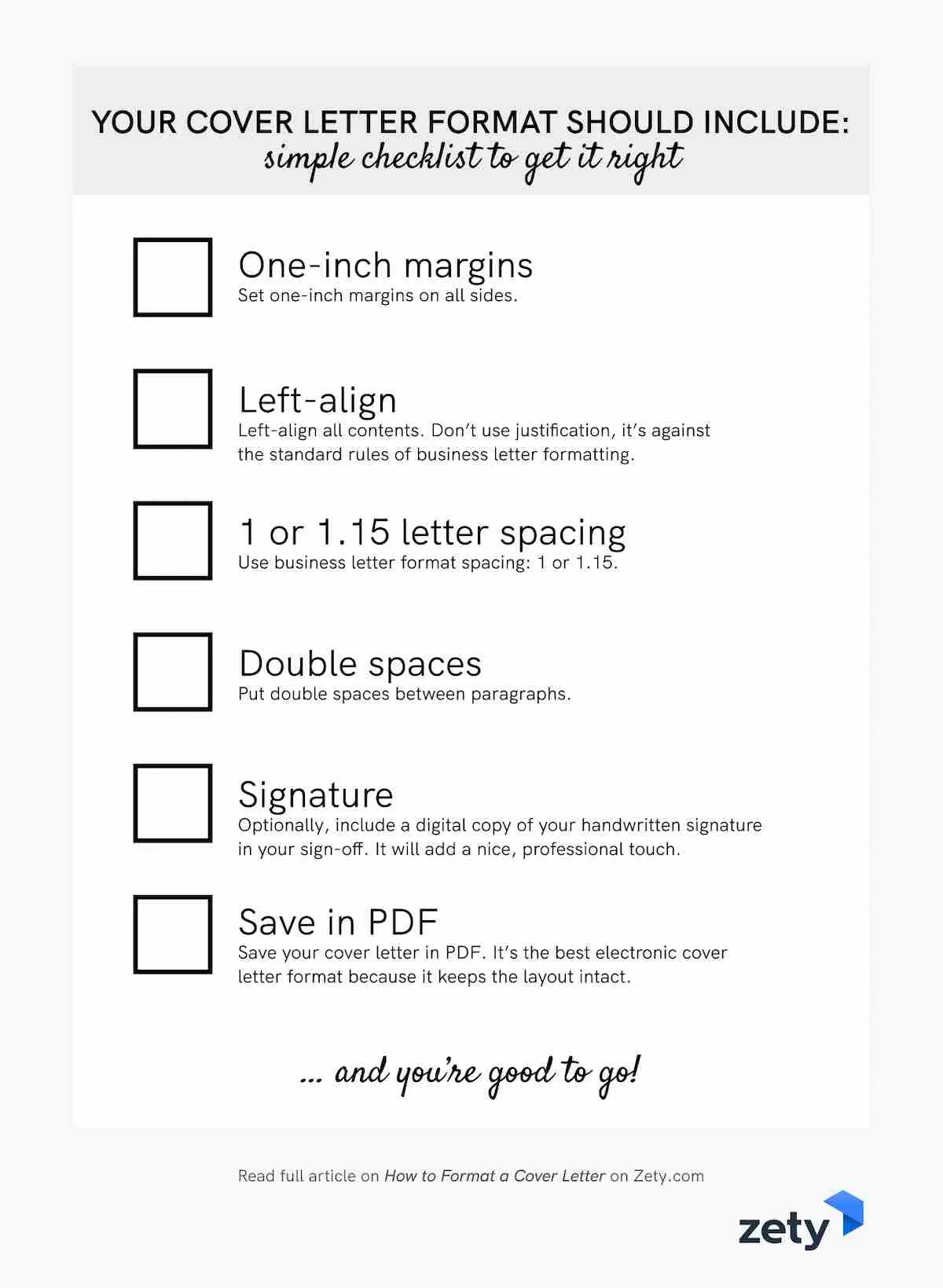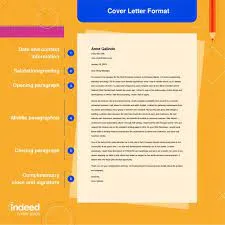What is a Cover Letter?
A cover letter is a crucial document accompanying your resume when applying for a job. It serves as a personalized introduction, allowing you to elaborate on your qualifications, skills, and experiences in a way that a resume alone cannot. It provides an opportunity to showcase your personality, enthusiasm, and understanding of the specific role and company you are applying to. Unlike a resume, which offers a concise overview of your professional history, a cover letter lets you tell a story, connecting your past experiences to the requirements of the target position. It is your first chance to make a strong impression and demonstrate why you are the ideal candidate, making it an essential component of any job application package.
Why Cover Letters Matter
In today’s competitive job market, a well-crafted cover letter can significantly increase your chances of landing an interview. It allows you to stand out from other applicants by highlighting your unique qualifications and demonstrating your genuine interest in the role and the company. Recruiters and hiring managers often use cover letters to assess a candidate’s communication skills, writing style, and attention to detail. A cover letter provides context to your resume, explaining how your skills and experiences align with the job requirements and company values. It’s an opportunity to demonstrate that you have done your research on the company and understand the role, thereby showing your enthusiasm and initiative. Ultimately, a compelling cover letter can be the deciding factor in securing an interview and moving forward in the hiring process.
Key Element 1: Contact Information

The first element of a well-structured cover letter is your contact information. This section should be clearly and concisely presented at the top of the document. It includes your full name, phone number, email address, and, optionally, your LinkedIn profile URL or professional website. Providing accurate and up-to-date contact information ensures that the hiring manager can easily reach you if they are interested in your application. This section also establishes a professional tone from the outset, demonstrating your attention to detail and organization skills. Ensure that the contact information matches the details listed on your resume, maintaining consistency across your application materials. A clean and well-formatted contact section sets the stage for a positive first impression.
Formatting Contact Information
Proper formatting of your contact information is key to presenting a professional appearance. Use a clear and easy-to-read font, and maintain a consistent layout. Typically, your contact information is left-aligned at the top of the letter. Ensure that your name is prominently displayed, often in a slightly larger font size. Underneath your name, include your phone number and email address on separate lines. If you choose to include a LinkedIn profile URL, place it below your email address. Avoid using abbreviations and ensure all information is accurate. It’s advisable to double-check all contact details to prevent any errors that could hinder communication. A well-formatted contact section makes it easy for the hiring manager to quickly find and utilize your contact details.
Key Element 2: The Salutation
The salutation is the opening greeting of your cover letter, and it sets the tone for the rest of the document. It’s crucial to address the hiring manager or the specific person who will be reviewing your application. Avoid generic greetings like “To Whom It May Concern.” Instead, take the time to research the name of the hiring manager or the relevant contact person. This demonstrates that you have done your research and are genuinely interested in the position. If you are unable to find a specific name, use a professional alternative such as “Dear Hiring Manager.” The salutation should be followed by a colon and should be formatted consistently with the rest of your letter.
Choosing the Right Salutation

Choosing the right salutation depends on your ability to find the name of the hiring manager. If you can identify the hiring manager by name, use “Dear Mr./Ms./Mx. [Last Name],” This personal touch demonstrates that you are addressing a specific person. If the name is unavailable, use “Dear Hiring Manager,” which is a safe and professional option. Avoid using overly casual greetings, such as “Hi [Name],” as they may not be appropriate for a professional setting. Also, avoid using outdated or gendered salutations if you are unsure of the recipient’s gender. If you are unsure of the person’s gender, using the full name will also work. The key is to maintain a respectful and professional tone throughout your letter.
Key Element 3: The Introduction
The introduction of your cover letter is your opportunity to make a strong first impression and capture the reader’s attention. It should briefly state the position you are applying for and how you learned about it. Clearly express your interest in the role and the company. Briefly mention your most relevant qualifications or experiences that align with the job requirements. The introduction should be concise and focused, setting the stage for the body of your letter. Consider including a compelling statement that highlights your enthusiasm and demonstrates your understanding of the company’s mission or values. This is where you want to grab their attention from the very beginning and set the tone for the rest of your letter.
Grabbing the Reader’s Attention
To grab the reader’s attention in your introduction, consider using a strong opening sentence that immediately highlights your key skills or experiences. You can start with a brief anecdote that demonstrates your relevant skills or mention a specific achievement that aligns with the job requirements. Another approach is to express your excitement about the opportunity and mention something specific about the company that appeals to you. Avoid generic phrases like “I am writing to express my interest…” Instead, be direct and enthusiastic. Keep the introduction brief, focusing on what makes you stand out as the ideal candidate. The goal is to make the hiring manager want to read more about you.
Key Element 4: Body Paragraphs

The body paragraphs are the core of your cover letter, where you elaborate on your qualifications and demonstrate how your skills and experiences align with the job requirements. This section allows you to provide specific examples of your accomplishments and explain how you have achieved positive results in past roles. Structure the body paragraphs logically, using clear topic sentences to introduce each point. Support your statements with concrete evidence, such as quantifiable achievements, specific projects, or relevant skills. Use the job description as a guide, highlighting the skills and experiences most relevant to the role. Each paragraph should be well-organized and easy to read, with a focus on showcasing your value to the company.
Highlighting Relevant Skills and Experience
When highlighting your skills and experience, be sure to tailor your cover letter to the specific job requirements. Review the job description carefully and identify the key skills and experiences the employer is seeking. Then, provide specific examples of how you have demonstrated these skills in your previous roles. Use the STAR method (Situation, Task, Action, Result) to describe your accomplishments, providing context, outlining the task, explaining your actions, and quantifying the results. This method helps you present your experience in a clear and impactful way. Always provide evidence to support your claims, using numbers, data, or specific examples to showcase your contributions. Tailoring your letter to the job description ensures that you address the employer’s needs and demonstrate your suitability for the role.
Tailoring to the Job Description
Tailoring your cover letter to the job description is crucial for demonstrating that you are a good fit for the position. Carefully read the job description and identify the key requirements, including skills, experience, and qualifications. Then, align your cover letter with these requirements, emphasizing how your background and accomplishments match the employer’s needs. Use keywords from the job description in your cover letter to show the hiring manager that you understand the role. When describing your skills and experiences, provide specific examples that directly address the requirements outlined in the job description. This targeted approach demonstrates your attention to detail and your ability to understand and meet the needs of the company. By tailoring your cover letter, you show that you are not just sending a generic application but are genuinely interested in the specific role.
Key Element 5: The Call to Action

The call to action is a crucial part of your cover letter, as it encourages the hiring manager to take the next step. Clearly state your interest in an interview and express your availability. Provide any relevant information about your availability or preferred contact method. This section should be concise and confident. Avoid being overly assertive, but clearly indicate your desire to discuss your qualifications further. A well-crafted call to action leaves a positive impression and facilitates the next stage of the application process. Consider thanking the hiring manager for their time and consideration.
Expressing Enthusiasm and Next Steps
In the call to action, it is important to express your enthusiasm for the opportunity and clearly state the next steps you would like the hiring manager to take. Reiterate your interest in the role and express your confidence that you are a strong fit. Suggest a specific next step, such as scheduling an interview or discussing your qualifications further. You can also mention your availability for an interview and your preferred contact method. Always thank the hiring manager for their time and consideration. A strong call to action should be concise, professional, and leave the hiring manager with a clear understanding of how to proceed.
Key Element 6: The Closing
The closing of your cover letter should be professional and courteous. This section typically includes a formal closing phrase, such as “Sincerely,” “Best regards,” or “Thank you.” The closing should be followed by a comma and your typed name. Ensure the closing aligns with the overall tone of your letter. It should also be consistent with your salutation. After the closing, leave space for your signature if you are submitting a physical copy. A well-crafted closing leaves a lasting positive impression.
Professional Closing Phrases

Choose a professional closing phrase that aligns with the tone of your cover letter and the culture of the company. Common options include “Sincerely,” “Best regards,” “Thank you,” and “Respectfully.” If your letter is more formal, a closing such as “Sincerely” or “Respectfully” may be appropriate. For a more casual or friendly tone, “Best regards” or “Thank you” might be suitable. Avoid using overly casual or informal closing phrases, such as “Cheers” or “Best.” Maintain consistency between your salutation and closing; for example, if you use a formal salutation, then the closing should also be formal. Double-check your closing and signature block to ensure accuracy and professionalism.
Key Element 7: Proofreading and Editing
Proofreading and editing are essential steps in creating a polished cover letter. Before submitting your letter, carefully review it for any errors in grammar, spelling, and punctuation. Ensure that your writing is clear, concise, and easy to read. Check for any typos, formatting errors, or inconsistencies. It’s also a good idea to have someone else review your cover letter; a second pair of eyes can often catch errors that you might miss. A well-proofread and edited cover letter demonstrates your attention to detail and professionalism. Take the time to revise your work to ensure it is error-free and presents you in the best possible light.
Checking for Errors and Typos
When proofreading your cover letter, pay close attention to grammar, spelling, and punctuation. Use a spell-checker and grammar-checker to identify potential errors, but also read through the letter carefully to catch any mistakes those tools might miss. Check for consistent formatting, such as font, spacing, and margins. Ensure that your sentences flow logically and that your language is clear and concise. Look for any typos or incorrect word usage. Avoid using jargon or slang that might not be understood by the hiring manager. Read the letter out loud to catch any awkward phrasing or sentence structure issues. A clean and error-free cover letter shows your attention to detail and professionalism, making a positive impression on the hiring manager and increasing your chances of getting the job.
